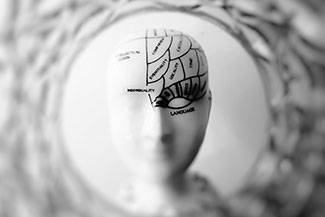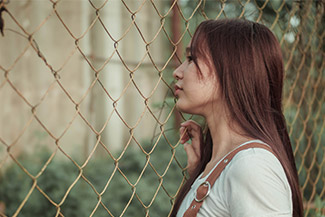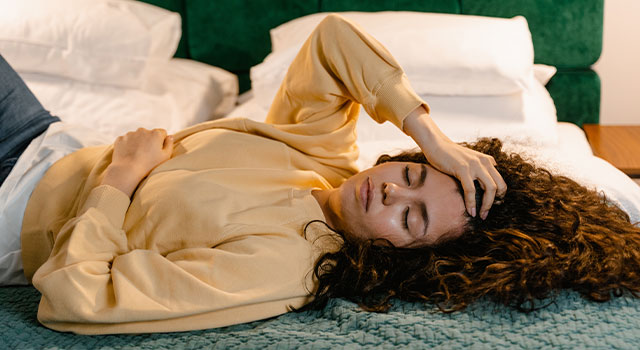
Your Eyes & Your Sense of Balance
Balance enables us to know where our bodies are in relation to the environment around us and to maintain a desired position. A properly working balance system enables us to see clearly when moving; assess movement direction and speed; make automatic positional changes to maintain posture and maintain stability in a variety of situations and activities.
Balance is achieved through a complex process that is controlled by three different systems: the vestibular system, the visual system and the somatosensory system (proprioceptors).
Any disruption to the eye-brain connection, including certain eye injuries, diseases, the aging process and certain drugs can affect one or more of these components.
Balance Problems and Vision
People suffering from a balance problem may feel as if they are in motion while standing or sitting still. Moreover, they might find it difficult to walk straight, especially after being in a reclining or sitting position and then suddenly standing up.
Various vision problems can make it difficult to maintain proper balance. These include:
- Binocular vision dysfunction (eye misalignment)
- Blurry or double vision
- Eye teaming or tracking difficulties
- Hemianopsia (blindness in one half of your visual field)
- Nystagmus (involuntary and repetitive eye movements)
- Visual midline shift syndrome
If a visual problem is at the root of your balance problems, neuro-optometric rehabilitation therapy can help.
What Is Neuro-Optometric Rehabilitation Therapy?
Neuro-optometric rehabilitation is a personalized program to develop, improve and refine underdeveloped or lost visual skills. This specialized treatment involves eye exercises, techniques and visual aids (i.e. prisms) that improve your visual processing and perception through the strengthening of the eye-brain connection.
Before starting a neuro-optometric rehabilitation program, you’ll undergo a comprehensive eye exam to assess visual skills and determine whether visual dysfunction is present. Your eye doctor will also check for double or blurry vision, eye coordination and any other ocular condition that could be causing symptoms.
If you or a loved one is feeling off-balance, contact Eye Health Centre for a consultation. We have the expertise and latest technology to provide you with the top-level care you deserve.
Our practice serves patients from St. Albert, Edmonton, Spruce Grove, and Fort Saskatchewan, Alberta and surrounding communities.








